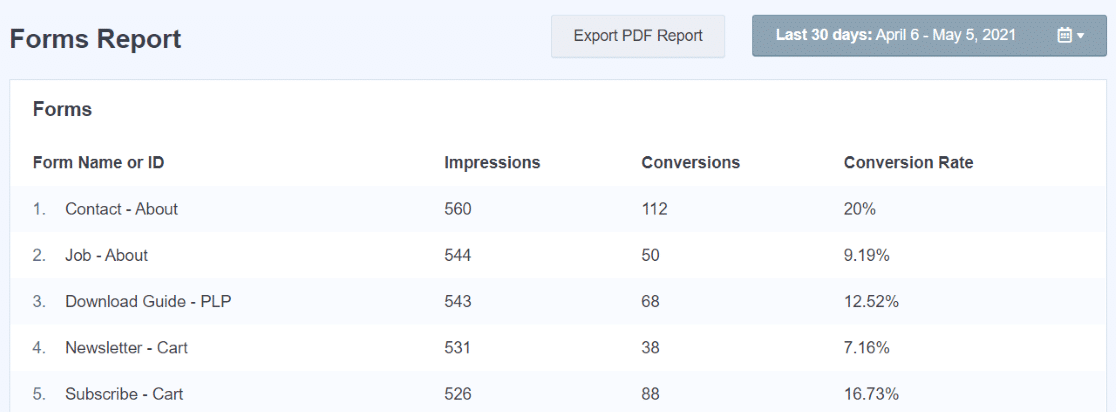What Data Is Google Analytics Goals Unable to Track: A Complete Overview
What Data Is Google Analytics Goals Unable to Track: A Complete Overview
Blog Article
Revealing the Blind Attractions: Recognizing What Google Analytics Goals Can not Determine
In the world of digital analytics, Google Analytics stands as an effective tool for tracking and assessing on-line individual communications. Recognizing what Google Analytics objectives can not measure is vital for acquiring an extensive view of user behavior and engagement.
Individual Habits on External Operatings Systems
Recognizing just how customers connect on outside platforms is essential for optimizing on-line methods. Outside systems, such as social networks networks, reference web sites, and on the internet forums, play a considerable duty in driving traffic to a company's web site. By analyzing customer habits on these platforms, services can gain useful insights into the efficiency of their advertising initiatives and the preferences of their target audience.
One trick aspect of user habits on external systems is the recommendation resource. By tracking where the individuals are originating from, organizations can recognize which systems are driving one of the most traffic to their internet site. This info can aid companies designate their resources a lot more efficiently, focusing on the platforms that yield the most effective outcomes.

Offline Interactions and conversions
Analyzing user behavior on external systems supplies valuable understandings into on-line techniques; however, thinking about offline conversions and interactions is just as important for a thorough understanding of a company's overall performance. While Google Analytics succeeds at tracking on-line communications, it drops short in capturing the total customer trip that frequently consists of offline touchpoints. Offline conversions, such as in-store purchases or phone queries, play a substantial role in many companies' success. Neglecting these communications can cause an altered view of the effectiveness of advertising and marketing campaigns and total organization performance.

Acknowledgment Beyond Last Click
When diving into the world of electronic marketing analytics, it becomes important to look past the solitary touchpoint of the last click for an extra detailed understanding of attribution. While Google Analytics supplies important insights right into individual behavior, depending solely on last-click attribution can be restricting - what data is google analytics goals unable to track. Attribution versions that go past the last click supply a more nuanced view of the customer trip, considering all the touchpoints that bring about a conversion
Attribution past the last click enables marketing professionals to assign credit rating to numerous interactions along the conversion path, giving a more clear image of the effectiveness of different advertising and marketing networks. By discovering multi-touch acknowledgment models such as linear, time degeneration, or position-based attribution, businesses can better allocate their advertising budgets and maximize their techniques for optimal effect.
Recognizing the impact of each touchpoint in the conversion process is essential for making informed choices and taking full advantage of ROI. By embracing attribution beyond the last click, companies can get much deeper understandings right into customer actions and customize their advertising and marketing initiatives much more effectively.
Cross-Device and Cross-Browser Monitoring

Likewise, cross-browser monitoring why not look here enhances cross-device monitoring by catching individual actions as they switch over between different internet internet browsers. Recognizing just how users connect with internet sites on numerous internet browsers can help marketing experts optimize their on-line experiences to make sure uniformity and performance throughout different platforms.
Qualitative Information and Customer Intent
Recognizing individual intent via qualitative information evaluation is critical for developing targeted electronic advertising techniques that resonate with the demands and preferences of the target market. Qualitative information gives insights right into the 'why' behind individual actions, clarifying motivations, feelings, and choices that quantitative information alone can not capture. By examining individual comments, comments, and interactions, marketers can reveal beneficial information regarding customer intent, permitting them to tailor their messaging, content, and offerings to much better line up with what their target market is looking for.
Qualitative information additionally assists in recognizing the context in which customers engage with a web site or application. This contextual understanding allows online marketers to create more appropriate and individualized experiences, eventually driving higher involvement and conversion prices. By diving right into individual intent via qualitative data analysis, businesses can get a deeper understanding of their target audience, leading to much more efficient advertising and marketing techniques that satisfy customers' needs and assumptions.
Conclusion
In final thought, Google Analytics goals have restrictions in determining user actions on outside systems, offline conversions, attribution beyond last click, cross-browser and cross-device tracking, and qualitative information associated to user intent. what data is google analytics goals unable to track. It is very important for services to be conscious of these blind areas in order to supplement their data evaluation with other devices and methods to acquire a much more extensive understanding of their target market and enhance their total digital advertising strategies
By analyzing customer habits on these platforms, services have a peek at this website can obtain beneficial insights into the efficiency of their advertising efforts and the choices of their target audience.
Analyzing customer habits on external platforms offers important insights into online techniques; however, taking into consideration offline conversions and interactions is just as critical for a thorough understanding of a firm's general efficiency.In electronic marketing analytics, moving beyond last-click attribution to explore cross-device and cross-browser tracking is necessary for getting an all natural understanding of individual communications throughout various systems and tools. By examining user responses, remarks, and interactions, marketing experts can reveal beneficial details concerning individual intent, allowing them to customize their messaging, material, and offerings to better straighten with what their target market is seeking.
By diving right into individual intent via qualitative data analysis, organizations can get a deeper understanding of their target audience, leading to extra efficient advertising and marketing methods that fulfill users' needs and expectations.
Report this page